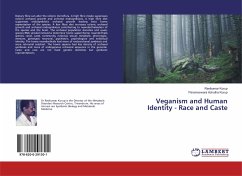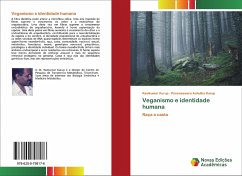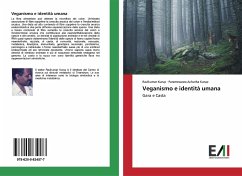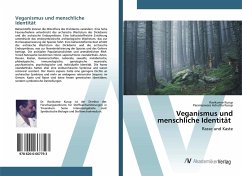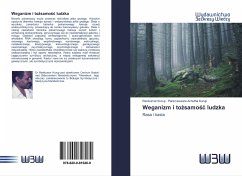Dietary fibre can alter the colonic microflora. A high fibre intake suppresses colonic archaeal growth and archaeal endosymbiosis. A high fibre diet suppresses endosymbiotic archaeal growth leading onto homo sapienisation of the species. A low fibre diet increases colonic archaeal growth and archaeal endosymbiosis contributing to neanderthalisation of the species and the brain. The archaeal population densities and quasi-species RNA viroidal networks determine homo sapien/homo neanderthalis species, racial, caste, community, national, sexual, metabolic, phenotypic, immune, genotypic neuronal, psychiatric, psychological and individual identity. The homo neanderthalis had more of endoarchaeal symbiosis and were retroviral resistant. The homo sapiens had less density of archaeal symbiosis and more of endogenous retroviral sequence in the genome. Caste and race are not fixed genetic identities but symbiotic representations.

